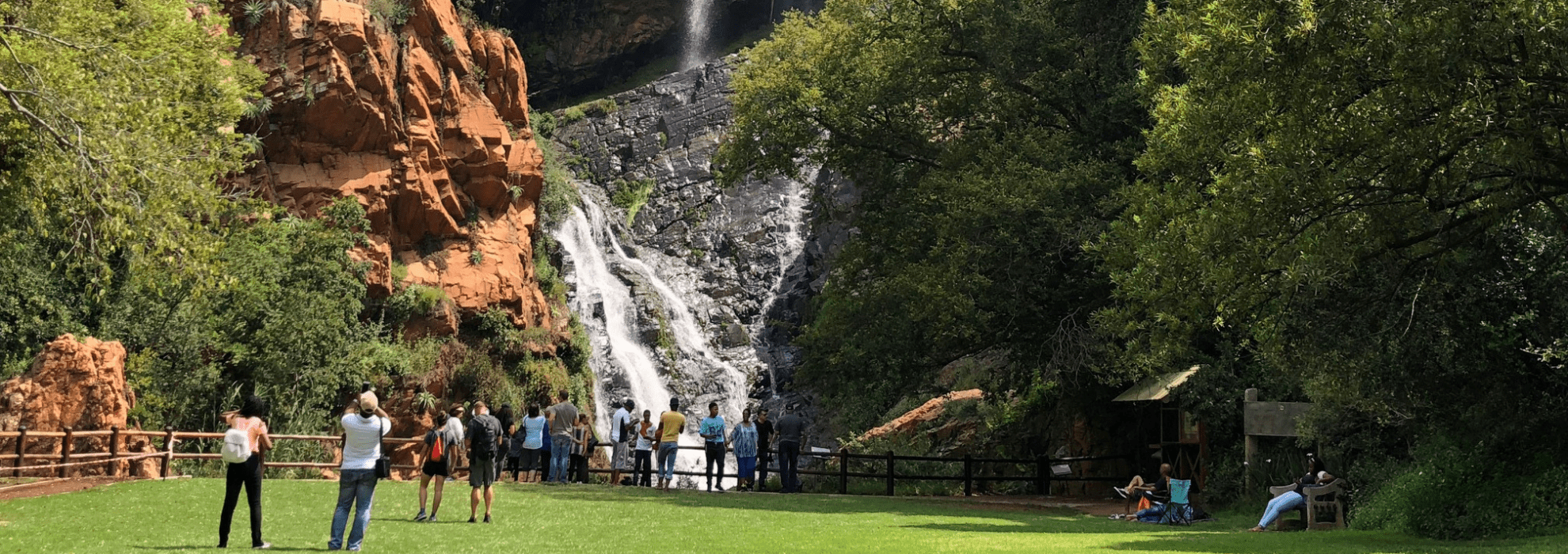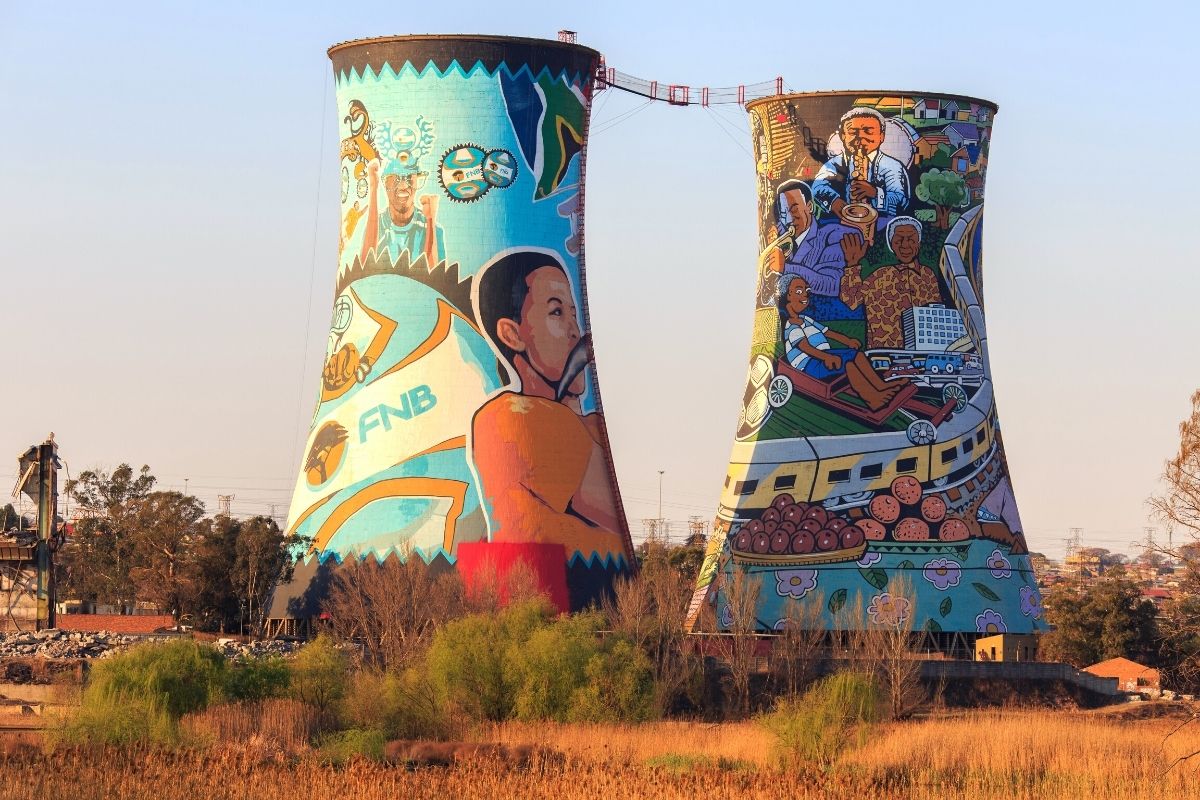Some Ideas on Johannesburg North Attractions You Should Know
Some Ideas on Johannesburg North Attractions You Should Know
Blog Article
How Johannesburg North Attractions can Save You Time, Stress, and Money.
Table of ContentsOur Johannesburg North Attractions StatementsThe Facts About Johannesburg North Attractions RevealedSome Of Johannesburg North AttractionsJohannesburg North Attractions Things To Know Before You BuyThe Facts About Johannesburg North Attractions Uncovered8 Simple Techniques For Johannesburg North AttractionsSome Known Incorrect Statements About Johannesburg North Attractions
Nonetheless you need to keep security in mind and tourists should remain alert in any way times when in strange surroundings. Speak with the citizens when you remain in community to learn about the area you are remaining in. Johannesburg North attractions. When on the road (this does not apply to buying malls and other safe environments) finest basic advice is to try your finest to resemble a neighborhood and to avoid showing any kind of form of wealth
Unknown Facts About Johannesburg North Attractions
Professor Revil Mason O. J. (Thomson, 1946) discovered the Witwatersrand's pre-colonial background. His historical work exploded the 'em pty land' myth, according to which the area was lacking human habitation prior to the arrival of European inhabitants. In his magazines Prehistory of the Transvaal: A Record of Human Task (1962) and Origins of Black People of Johannesburg and the Southern Western Central Transvaal AD 3501880 (1986 ), Professor Mason demonstrated the level of social and economic advancement in the area before Europeans established foot below.

The Best Guide To Johannesburg North Attractions
He acted with the federal government's authorization, granted after he had testified maintain his explorations key. In 1874, small mining operations were begun in the Magaliesberg, where an Australian, Henry Lewis, had actually discovered gold down payments. In 1878, David Wardrop located gold in quartz capillaries at Zwartkop, north of Krugersdorp. In 1881, Stephanus Minnaar encountered gold on the ranch Kromdraai, near the Cradle of Humankind.
In March 1886, a protrusion (quickly to be called the Main Coral reef) was located, fairly fortunately, on Gerhardus Oosthuizen's farm Langlaagte. Some say that the Lancastrian coal miner George Walker found this coral reef. Another itinerant English miner, George Harrison (who had actually previously worked in Australian mines) acquired a prospecting licence in respect of Langlaagte in May 1886.
He chose to proceed in a mission for greener fields, and disposed of his Langlaagte case for the princely amount of 10. Alas: underneath lay the wealthiest goldfield ever before located. The exploration of this rich auriferous coral reef provoked a gold rush that indicated the end of agrarian tranquillity in the southern Transvaal.
It would, within six years, become the biggest town in southern Africa. Within a years, it would make the Z. A. R. up until then an anarchical and insolvent little state the wealthiest nation in Africa. By the millenium, the Z. A. R. was to exceed Russia, Australia and the USA of America to come to be the world's leading gold manufacturer, producing more than a quarter of the globe's gold.
Johannesburg North Attractions - Truths
It was referred to as Ferreira's Camp, named after Colonel Ignatius Ferreira. He was a Boer traveler upon whom the British authorities had actually bestowed the condition of Companion of one of the most Differentiated Order of St Michael and St George (entitling him to the post-nominal letters C. M. G.) in gratitude for his function in the battle that had deposed the Pedi king Sekhukhune in 1879.
Quickly the camp was including tents and wagons as newbies arrived daily from far and wide. By September 1886, some 400 individuals lived in Ferreira's Camp, which soon flaunted upraised iron and hardwood structures. Two other camps were established: Meyer's Camp on the farm Doornfontein, and Paarl Camp. The latter was nicknamed Afrikander Camp; many individuals from the Cape Nest settled there.

5 Simple Techniques For Johannesburg North Attractions
This name got currency by word of mouth, such that the State Assistant affirmed the name to the Mining Commissioner on 9 October 1886. Stands in the town were auctioned on 8 December 1886. While some stands were cost 10, others were torn down for as little as sixpence.
Two years later on, these erven were to transform hands for as high as 750 each. The tented camps diminished as a dorp of corrugated iron buildings established and expanded north of the mines situated along the Main Reef Road. Locations such as Jeppe's Town (where working-class immigrants erected their homes) and Doornfontein (where the find this wealthy new 'Randlords' started to construct their extravagant residences) were quickly included to the ever-expanding map of the community.
Getting My Johannesburg North Attractions To Work
Apart from the street names, there were no indicators of Johannesburg being situated in a Dutch-speaking country. Years later on, C. W. Kearns O. J. (among the first children enrolled at St John's College in 1898) would certainly recall: 'An odd truth concerning Johannesburg was that, although it was in the [Boer Republic], virtually every person spoke English and even the Government servants dealt with one in English, unless they were initial resolved in the Taal (or Reduced Dutch)'.
Britain had an interest in ensuring optimal conditions for gold manufacturing on the Witwatersrand, and that the gold was exported to London rather than Berlin an imperative made all the much more clamant by the Z. A. R.'s raising toenadering with Germany. Mine proprietors got on a clash with President Kruger, whose policy of monopolistic giving ins (frequently given to his cronies) prevented mining business from procuring products of materials (especially dynamite) and work by themselves, more affordable terms
The Best Guide To Johannesburg North Attractions
In 1890, the Volksraad had actually restricted the franchise to white men who had stayed in the pop over to these guys Z. A. R. for fourteen years or longer, therefore invalidating the majority of the immigrants (that took place to be the significant contributors to the fiscus). Agitation for the ballot was a mere pretense for advertising a various program; most uitlanders concerned themselves as temporary visitors and had no intention of remaining in the Z.
Report this page